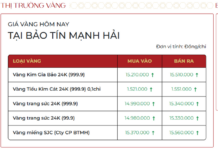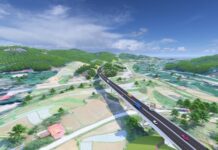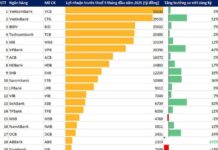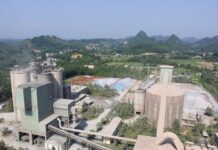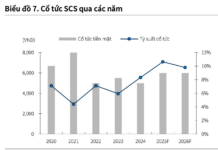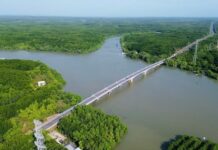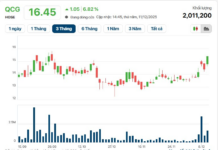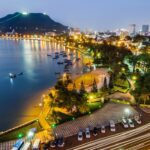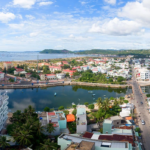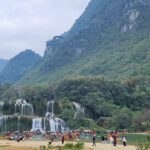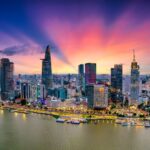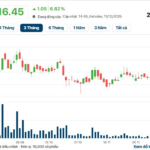The People’s Committee of Phu Yen Province has reported the results of a voter consultation on the proposal to establish wards under Song Cau Town and to establish Song Cau City in Phu Yen Province. 97.84% of voters agreed to the establishment of Song Cau City in Phu Yen Province.
According to the proposal, Song Cau City will be established in Phu Yen Province, encompassing the entirety of the town’s current 493.83 km2 natural area, a population of 150,024 people, and 13 communal-level administrative units (including 9 wards and 4 communes) of Song Cau Town.
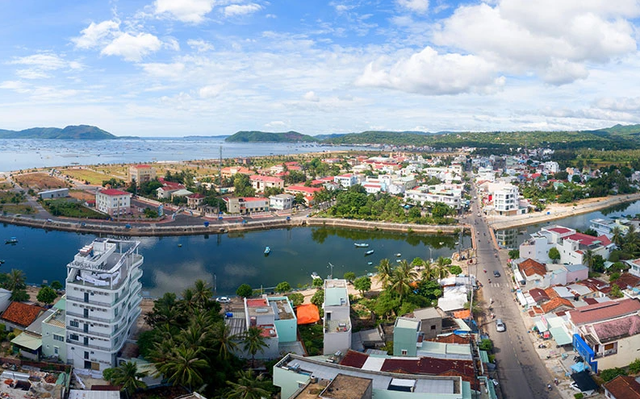
Panorama of Song Cau, Phu Yen Province. Photo: Nhan Dan Newspaper
The People’s Committee of Phu Yen Province stated that the name “Song Cau” for the city aims to continue the current name of Song Cau Town, ensuring ethnic unity and aligning with the historical, traditional, and cultural aspects of the locality. Additionally, the name “Song Cau” received consensus from the majority of voters in Song Cau Town.
Song Cau City will encompass a natural area of 493.83 km2 and a population of 150,024 people. It will be a municipal-level administrative unit, classified as a third-tier city aspiring towards second-tier criteria. The city will serve as the political, economic, cultural, historical, commercial, service, tourism, and industrial center of northern Phu Yen Province, as well as a significant transportation hub and gateway to the province.
Song Cau’s Development Potential
Song Cau Town is located in the northern part of Phu Yen Province, bordering Quy Nhon City of Binh Dinh Province to the north, Tuy An Town to the south, Dong Xuan Town to the west, and the East Sea to the east.
The terrain of Song Cau features mountain branches extending from the Truong Son range towards the southeast, reaching the sea and forming relatively high and rugged passes and slopes, such as Cu Mong Pass and Gang Slope. These geographical features divide the plains into small, narrow cultivated fields and flower-growing areas. Song Cau boasts an 80-kilometer-long coastline, along with 15,700 km2 of water surface.
The climate in Song Cau is tropical monsoon, with distinct dry and rainy seasons. The dry season lasts from January to August, influenced by the southwest wind, while the rainy season spans from September to December, influenced by the northeast monsoon.
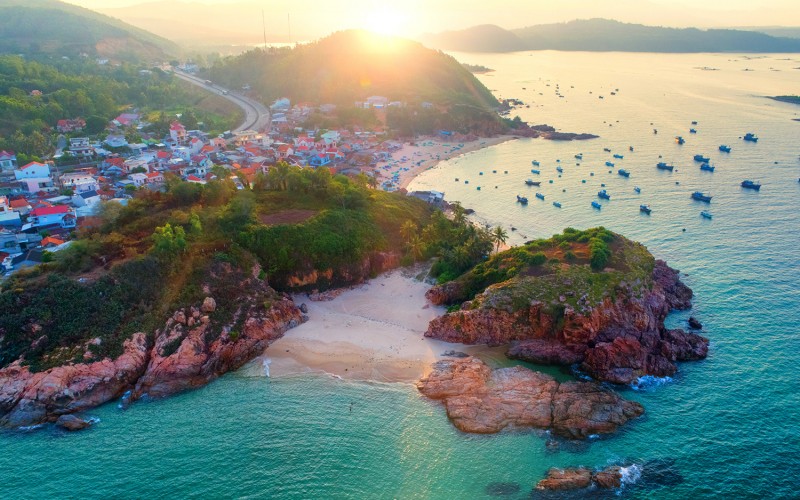
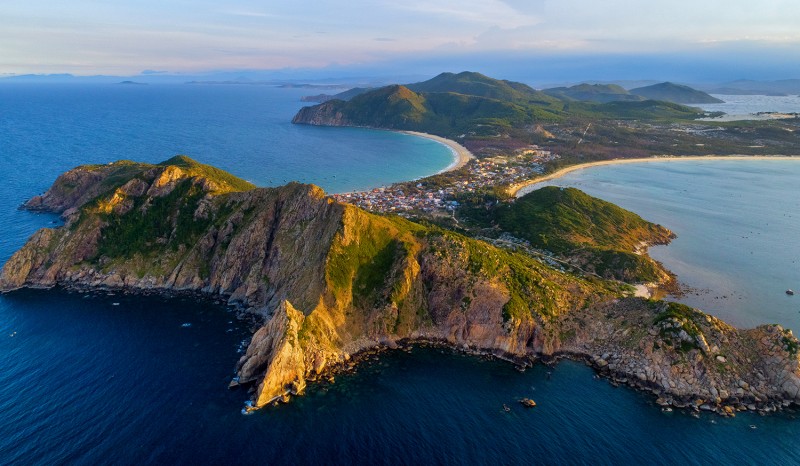
Ganh Do and Dao Tu Nham. Source: Song Cau Town’s Official Portal
Song Cau also occupies a strategic position within the economic development zone of the central coastal provinces, benefiting from convenient transportation links, proximity to seaports, airports, and neighboring economic zones. It holds potential for economic growth, accelerated urbanization, and the potential to become the economic and cultural center of northern Phu Yen Province.
According to the Song Cau Town’s Official Portal, the town’s economic growth rate has been rapid, outpacing the average of Phu Yen Province. The economic restructuring process has witnessed positive shifts towards tourism, services, trade, and construction, with a decreasing reliance on agriculture.
Located about 50 kilometers north of Quy Nhon City along National Highway 1D, Song Cau has established itself as a regional tourist destination. It offers a range of attractions, including Go Gang, Go Boi, Tay Son, and Gan Rang in Binh Dinh Province, as well as Xuan Hai, Vung Chao, Vung Me, Bai Om, Nhat Tu Son, and Ganh Do in Song Cau Town. This interconnected tourist area facilitates the development of a resort, eco-tourism, and beach destination. Well-known beaches include Bai Bang, Bai Rang, Bai Bau, Bai Nom, Bai Nom, Bai Tram, and Bai Om.
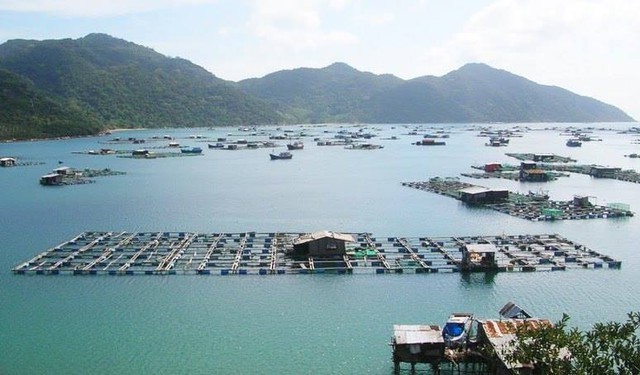
The tourism industry in Song Cau Town is witnessing encouraging growth, with infrastructure investments and several large-scale tourism projects under development. In recent years, the town has attracted investors to implement tourism projects, including some large-scale ventures such as the Long Hai Bac tourism site in Song Cau Town (covering 8.7 hectares with a total investment of 18 billion VND), Bai Tram in Xuan Cang (98.4 hectares with a total investment of 50.5 billion VND), and Bai Om in Xuan Phuong (18 hectares with a total investment of 2 million USD). Additionally, there are six eco-tourism projects already operational in the areas of Bai Bang, Bai Bau, and Bai Rang in Xuan Hai.
Song Cau also boasts several cultural and historical tourist attractions, including the Hon Huong relic site, Ma Chin Tang, the Gò Oc archaeological site, Con Dinh, Mieu Cong Than, the tomb of Dao Tri, and the scenic Vinh Xuan Dai.
Unprecedented: Vietnam and China Officially Launch Tourism at the World’s Most Spectacular Waterfall Landscape.
After a year-long pilot operation, the Ban Gioc Waterfall (Vietnam) – De Tian (China) Scenic Landscape Area is now officially open.






